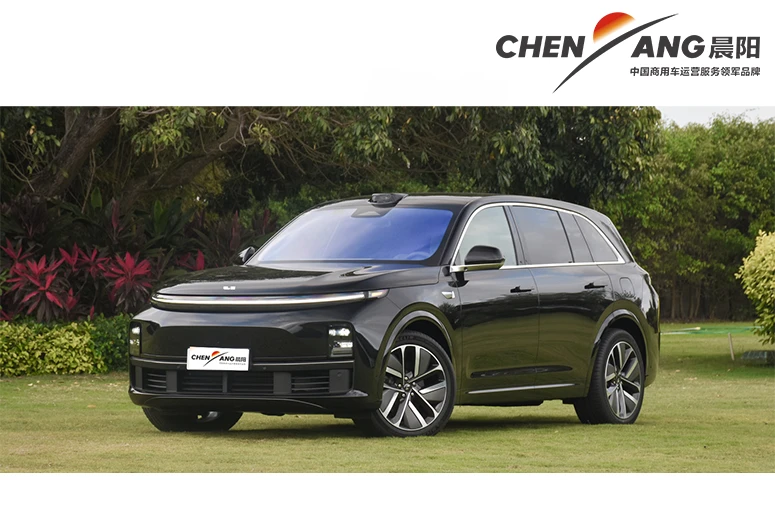Understanding the Roles and Functions of Engine Components in Vehicles
Understanding Engine Parts and Their Functions
An internal combustion engine is a complex machine made up of numerous components, each designed to perform specific functions crucial for the engine’s overall operation. Understanding the parts of an engine and their functions is essential for mechanics, engineers, and automotive enthusiasts alike. This article delves into the critical components of an engine and their respective roles in ensuring optimal performance.
1. Engine Block
The engine block serves as the heart of the engine, housing the cylinders, piston assemblies, and crankshaft. This robust structure is typically made from iron or aluminum alloys, which provide the necessary strength while keeping the weight manageable. The engine block is crucial for providing the fluid pathways for oil and coolant, which help maintain appropriate temperatures during operation.
2. Cylinder Head
Mounted atop the engine block, the cylinder head contains the intake and exhaust valves. Its primary function is to seal the upper end of the cylinders. The cylinder head also houses the combustion chamber where the fuel-air mixture ignites, producing the power needed to drive the vehicle. Furthermore, the cylinder head contains spark plugs that ignite the air-fuel mixture in gasoline engines, or the injectors in diesel engines.
3. Pistons
Pistons are cylindrical components that move up and down within the engine block's cylinders. They play a pivotal role in the combustion process; as the air-fuel mixture ignites, the resulting explosion pushes the piston down, creating the mechanical energy needed to turn the crankshaft. Pistons are designed with rings that ensure a tight seal within the cylinder, preventing any blow-by of gases and ensuring efficient power generation.
4. Crankshaft
engine parts function

The crankshaft is responsible for converting the linear motion of the pistons into rotary motion, which ultimately drives the vehicle. As the pistons move up and down, they push the crankshaft, which rotates and transfers this motion to the transmission and ultimately to the wheels. The crankshaft's design is critical, as it must balance strength and weight to handle the high forces during operation.
5. Camshaft
The camshaft controls the timing of the opening and closing of the engine’s intake and exhaust valves. It is driven by the crankshaft through a timing belt or chain. The precision in the camshaft's motion is vital for optimal engine performance, as it ensures that the valves open and close at the correct times in relation to the pistons’ position. Variability in camshaft design can lead to enhancements in engine efficiency and power output.
6. Timing Belt/Chain
The timing belt or chain connects the crankshaft to the camshaft, ensuring that both components work in sync. The timing mechanism is essential for maintaining the correct valve timing, which directly impacts engine performance and efficiency. A malfunctioning timing belt or chain can lead to severe engine damage, highlighting its importance in the machinery.
7. Intake and Exhaust Systems
The intake system is responsible for delivering air (or air-fuel mixture) to the cylinders, while the exhaust system removes the spent gases produced during the combustion process. The efficiency of these systems greatly influences engine performance, as restrictive designs can limit power output and increase emissions. Advanced technologies, such as turbocharging and variable valve timing, have been employed to enhance airflow and, consequently, engine power and efficiency.
Conclusion
Each component of an engine plays a pivotal role in its overall functionality. From the engine block that houses the cylinders to the sophisticated timing belts that keep everything in sync, understanding these parts helps demystify the complexities of automotive engineering. Whether you are a budding mechanic, a curious car enthusiast, or simply someone who wants to understand how their vehicle works better, having a grasp on engine parts and their functions is invaluable. As technology progresses, the design and efficiency of these engine parts will undoubtedly continue to evolve, promising even greater advancements in automotive performance and sustainability.
-
SINOTRUK HOWO 84 Electric Dump Truck for Eco-Friendly Heavy HaulingNewsJul.26,2025
-
The Fast 16-Gear Manual Transmission Assembly for Heavy TrucksNewsJul.25,2025
-
Mercedes Benz Actros 1848 42 Tractor Truck for Sale - Reliable PerformanceNewsJul.24,2025
-
High-Quality Water Pump Assembly for Sinotruk Trucks – Durable & ReliableNewsJul.23,2025
-
Premium Truck Engine Antifreeze Coolant Fluid for Heavy Duty VehiclesNewsJul.22,2025
-
FOTON View G7 Mini Bus: Affordable & Spacious TransportNewsJul.22,2025
Popular products

























